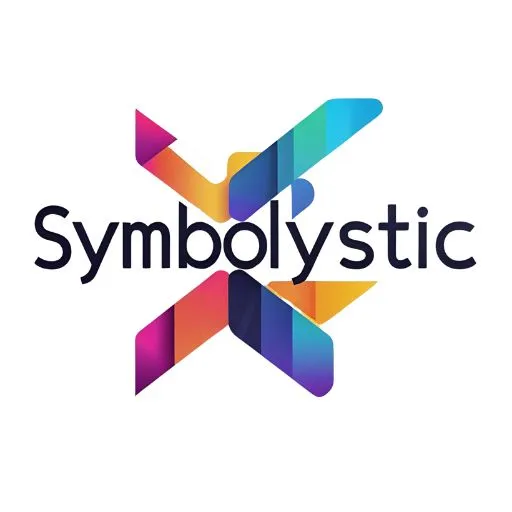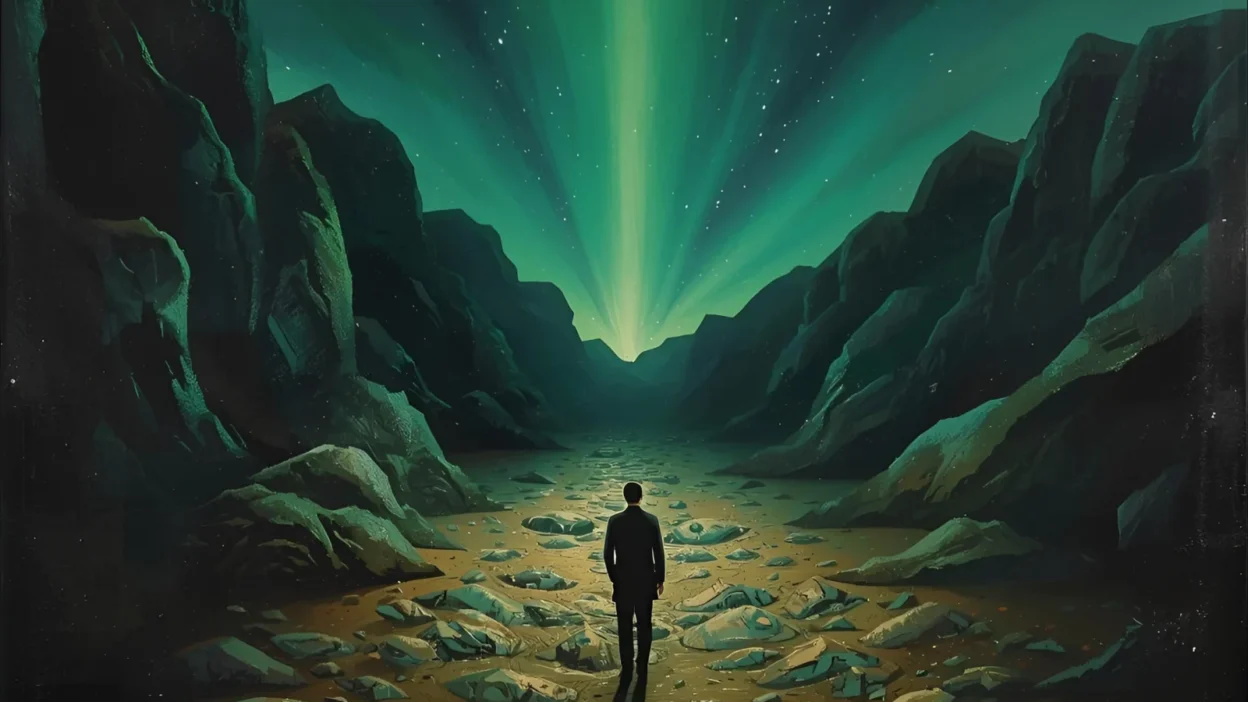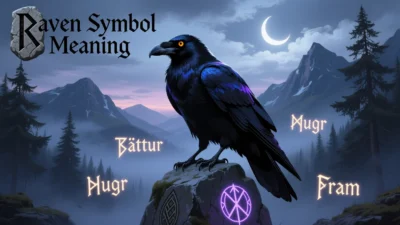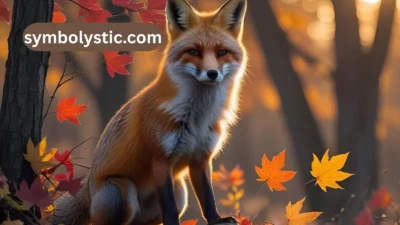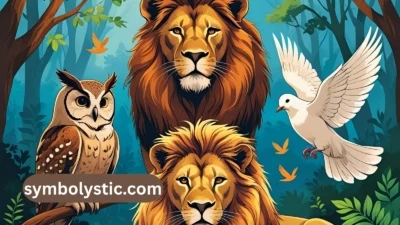Introduction: Why Symbolism in Great Gatsby Still Shines in 2025
If you’ve ever sipped a coffee that cost more than your Netflix subscription, you’re already halfway to understanding the vibe of symbolism in Great Gatsby. The book is a timeless mirror reflecting greed, glamour, love, and that relentless chase for the American Dream. And guess what? In 2025, the symbolism hits even harder because, let’s face it, who doesn’t scroll Instagram wishing they were at Gatsby’s party instead of eating cold leftovers?
Modern readers adore symbolism because it’s like a cosmic Easter egg hunt—except instead of chocolate, you get profound truths. In a world where memes are the new language, readers can’t resist a good pun or hidden meaning. That’s why diving into symbolism in Great Gatsby still feels fresh, even a century after its publication. Whether you’re a student prepping for exams or just someone who enjoys peeling back literary layers like onion skins, this article will walk you through Gatsby’s glittering symbols with wit, clarity, and 2025-friendly insights.
So put on your metaphorical flapper dress or tux, because we’re about to waltz through Fitzgerald’s iconic story, and trust me—every green light, broken clock, and whispered line is more than just ink on paper.
The Green Light: Gatsby’s Forever Glow
- The green light is the novel’s ultimate glow-up goal, symbolizing hope.
- It stands for Gatsby’s endless yearning for Daisy.
- The light represents the elusive American Dream in a shiny, neon package.
- Modern readers see it as the original “dream big” Pinterest board.
- It’s the kind of symbol that screams, “Keep reaching—even if it’s impossible.”
- The light’s distance reflects the gap between dreams and reality.
- It also shines a spotlight on human longing and obsession.
- In 2025, it feels like chasing that perfect Instagram life that never quite exists.
- The green color itself ties to money, envy, and desire.
- Simply put, the light is Fitzgerald’s poetic mic drop on ambition.
The Eyes of Dr. T.J. Eckleburg: God or Just a Billboard?
- These eyes loom over the story like a creepy neon ad.
- They symbolize the moral decay of the roaring twenties.
- Some see them as God’s eyes watching humanity fumble around.
- In today’s terms, it’s like being judged by social media algorithms.
- The glasses suggest distorted truth and unclear morals.
- They watch over the ash heaps, linking wealth to decay.
- Many critics argue they reflect the loss of spirituality.
- They remind us that materialism can’t hide emptiness.
- In memes, people call them the “original CCTV camera.”
- Whether divine or just ironic, they’re Fitzgerald’s lens on society.
Gatsby’s Parties: Glitter, Glam, and Emptiness
- The parties scream excess, champagne, and jazz.
- They symbolize the hollow center of 1920s wealth.
- Guests show up for fun but not for Gatsby himself.
- It’s basically an early warning about influencer culture.
- The parties highlight how illusion replaces connection.
- They reveal the loneliness beneath the glitter.
- Every dance floor hides unspoken heartbreak.
- The extravagance reflects the fragility of the American Dream.
- Think: TikTok clout before TikTok existed.
- They’re proof that not all glitter is gold—sometimes it’s just confetti.
The Valley of Ashes: Decay in Plain Sight
- This wasteland is the underbelly of glamour.
- It symbolizes the cost of greed and indulgence.
- The ashes represent forgotten workers fueling wealth.
- It’s like seeing behind the curtain of capitalism.
- Spiritually, it mirrors the death of morality.
- The Valley exposes how success often buries others.
- It’s Fitzgerald’s version of saying, “Nothing is free.”
- In 2025, it feels like scrolling headlines about inequality.
- The contrast to Gatsby’s mansion is painfully sharp.
- The ashes whisper: dreams have a dirty price tag.
Daisy’s Voice: The Sound of Wealth
- Gatsby says Daisy’s voice is “full of money.”
- That one line is a symbol-packed mic drop.
- Her voice becomes shorthand for privilege.
- It seduces, but also destroys.
- Symbolically, it’s wealth wrapped in perfume.
- Her words hold both charm and emptiness.
- Daisy’s voice is the siren call of materialism.
- It reminds readers that love and money often collide.
- In 2025, it’s like someone who sounds like Spotify Premium but lives like a pop-up ad.
- Daisy’s voice is Fitzgerald’s ultimate metaphor for the glittering trap of desire.
Gatsby’s Car: Fast, Flashy, Fatal
- Gatsby’s yellow car screams status and danger.
- It’s a rolling symbol of luxury.
- The car foreshadows destruction in the plot.
- Its flashy color ties it to wealth and recklessness.
- The car symbolizes modern consumerism on wheels.
- It’s also a symbol of Daisy’s entanglement in tragedy.
- Cars in the book highlight the era’s recklessness.
- In 2025 terms, it’s the literary Tesla—glamorous but controversial.
- The car’s speed mirrors how fast dreams crash.
- It’s Fitzgerald’s way of saying: luxury often comes at a deadly cost.
The Weather: Nature as a Mood Ring
- Fitzgerald uses weather as a giant mood filter.
- The heat mirrors tension and anger.
- Rain symbolizes rebirth and awkwardness.
- Sunlight glows during hopeful moments.
- Weather becomes a background symbol for emotion.
- It’s Fitzgerald’s cinematic trick for atmosphere.
- In 2025, we’d call it “the original aesthetic backdrop.”
- The stormy weather foreshadows disaster.
- The climate reflects the chaos of the characters’ lives.
- Weather is nature’s way of gossiping about humans.
Colors in Great Gatsby: A Hidden Palette
- Fitzgerald paints meaning with colors everywhere.
- Gold symbolizes wealth and illusion.
- White reflects innocence—or false purity.
- Yellow ties to corruption and greed.
- Blue symbolizes Gatsby’s dreams and illusions.
- Green ties to envy and hope.
- Gray mirrors emptiness and death.
- Each hue tells its own story.
- In 2025, it’s basically color-coded symbolism.
- Fitzgerald proves colors are more than decoration—they’re literary fingerprints.
The Broken Clock: Time Stands Still
- Gatsby knocks over a clock when reuniting with Daisy.
- The clock symbolizes his obsession with the past.
- It’s a literal metaphor for “you can’t turn back time.”
- The brokenness reflects Gatsby’s broken dreams.
- It highlights the futility of chasing yesterday.
- It’s Fitzgerald’s poetic “time’s up” moment.
- The clock’s fall symbolizes fragility.
- It’s the novel’s subtle foreshadow of loss.
- In 2025, we’d call it “the original reminder app—uninstallable.”
- The clock embodies Gatsby’s doomed hope.
Gatsby’s Mansion: Empty Castles
- The mansion represents Gatsby’s attempt at belonging.
- It’s a palace of dreams but a prison of loneliness.
- It symbolizes wealth’s power to impress—but not to heal.
- Every corner hides Gatsby’s silent yearning.
- The mansion is a shrine to Daisy.
- It reflects the American Dream turned hollow.
- In modern terms, it’s like a mega-mansion influencer house without Wi-Fi.
- The size contrasts the emptiness of Gatsby’s life.
- It’s Fitzgerald’s biggest symbol of success without soul.
- The mansion proves money builds walls, not happiness.
Conclusion: Spark Notes for the Soul
The symbolism in Great Gatsby isn’t just clever—it’s timeless. From glowing green lights to broken clocks, every detail whispers truths about wealth, desire, love, and loss. In 2025, these symbols feel like old-school emojis—simple, but loaded with meaning. Gatsby’s world is flashy, tragic, and endlessly fascinating, reminding us that the chase for dreams is universal.
So next time you hear someone mention Gatsby, toss in a pun, decode a symbol, and watch their face light up like, well… a green light across the bay. Share these insights with your friends—after all, symbolism is meant to sparkle, not sit in silence.
